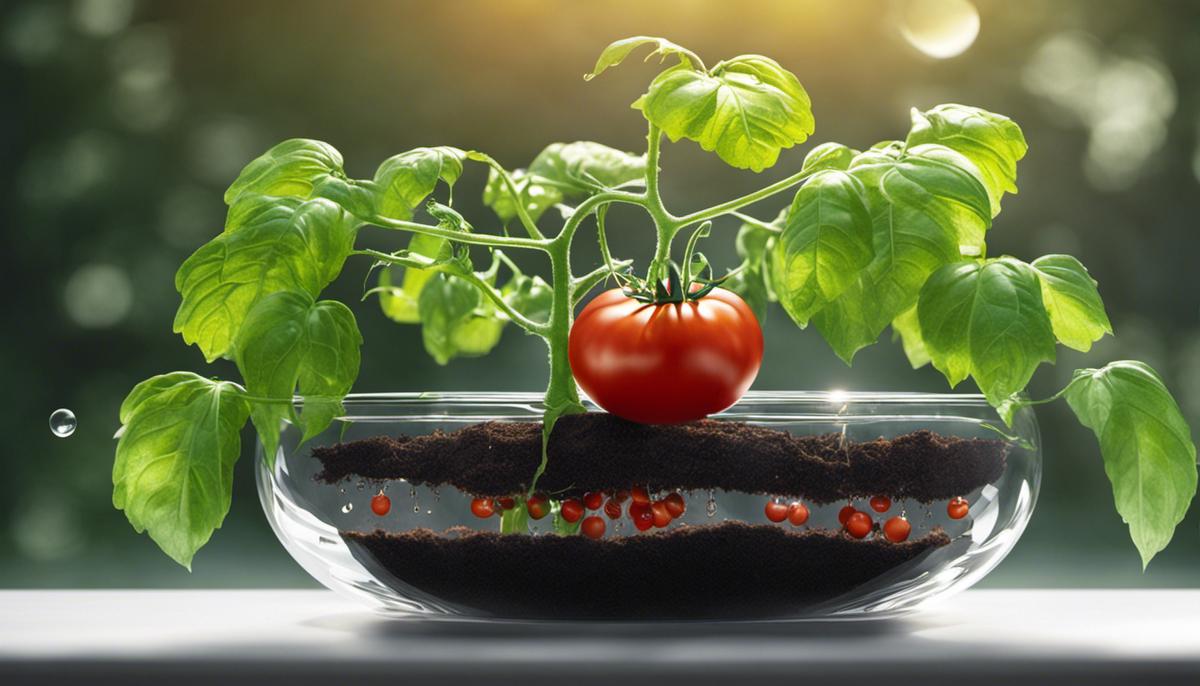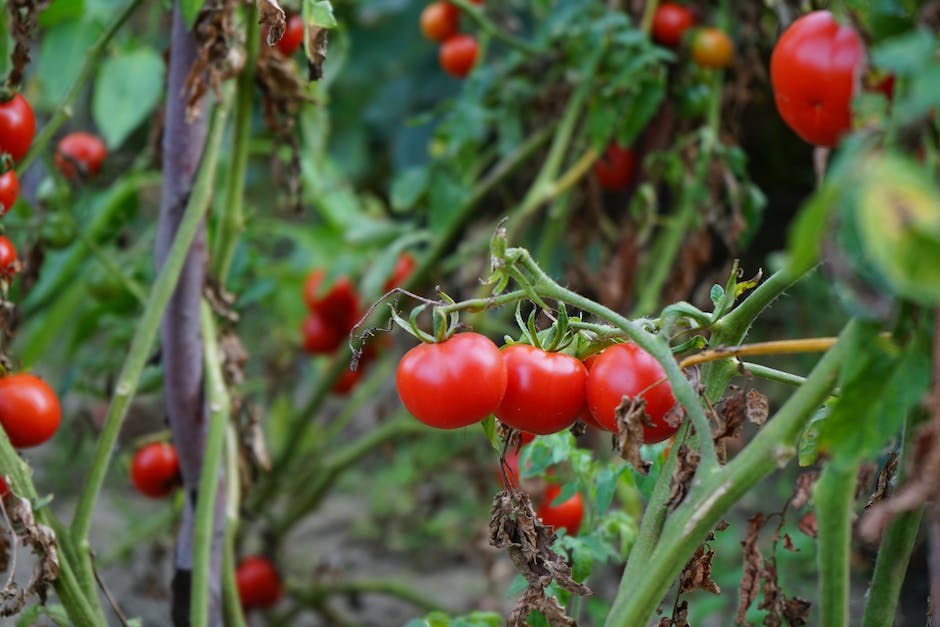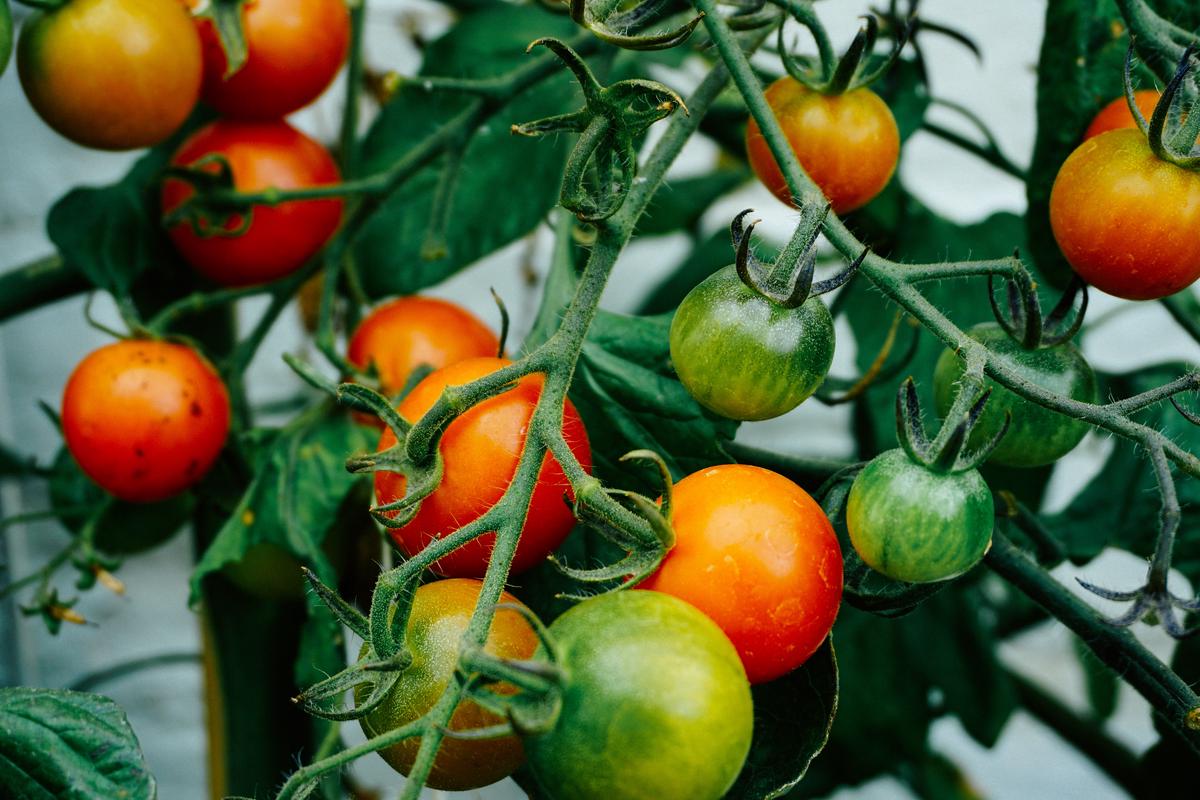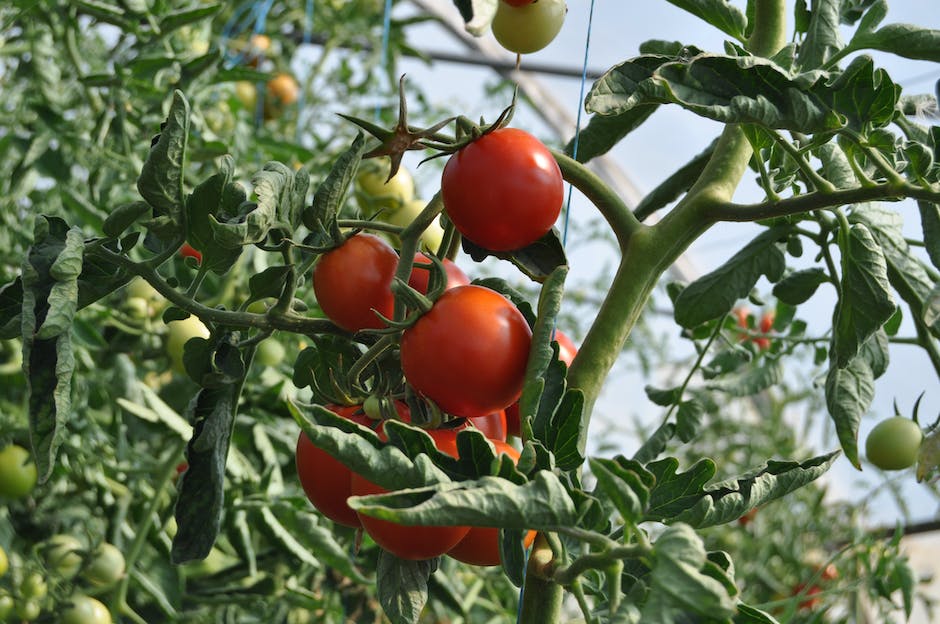Mastering Tomato Growth: Sunlight Essentials

When it comes to cultivating tomato plants, understanding the pivotal role sunlight plays in their growth process cannot be overstated. Sunlight, along with other vital elements like water and carbon dioxide, contributes to photosynthesis – the fundamental metabolic process in which these plants produce glucose and oxygen. The enthralling process of photosynthesis and the primary role of sunlight in it will be discussed in detail throughout this exploration. Furthermore, you’ll receive comprehensive insights into the optimal sunlight conditions required for healthy tomato growth. Starting from understanding the number of sunlight hours these plants need daily, to when and how they should get their light, you will learn how light quality can impact the growth and health of your tomato plants.
Understanding Plant Photosynthesis
Revel in the Radiance: The Essential Need for Sunlight in Photosynthesizing Tomato Plants
Hello, fellow gardening enthusiasts! How often have we admired the rich texture and vibrant hues of a succulent tomato and marveled at the play of nature that has coaxed such a magnificent creation from a mere seed? An amalgamation of various forces, indeed, with sunlight standing as an integral contributor — a beacon guiding our tomato plants on their journey to fruition. This radiant energy from the sun plays a pivotal role in the photosynthesis process, critically shaping the growth and development of our beloved tomato plants.
Photosynthesis: Nature’s Marvel
To set the stage, photosynthesis is a show-stopping process wherein green plants artistically convert solar energy into chemical energy. This process involves synthesizing food by using sunlight, carbon dioxide, and water, which swiftly transforms into glucose and oxygen — a botanical symphony, if you will. The real star of the show? Chlorophyll, every green plant’s principal pigment that captures the sun’s energy like a seasoned performer.
The Glorious Role of Sunlight in Tomato Plant Photosynthesis
Now, let’s take center stage with sunlight. Certain wavelengths of light are absorbed by chlorophyll, which are mainly red and blue. As a matter of fact, we owe the charming green color of tomato plants to the absorption of these specific wavelengths, making sunlight the plant’s artistic director.
Almost tracking the sun like an ardent disciple, a tomato plant’s chlorophyll molecules absorb sunlight and convert it into an energy form that triggers chemical reactions. These reactions kickstart the conversion of carbon dioxide and water into glucose, substantiating the claim that sunlight is the very lifeblood of photosynthesis.
Basking in Sunlight: Tomato Plants ‘Appetite’
Our tomato plants have a keen ‘appetite’ for sunlight. Aiming for an optimally yielding tomato plant? Then a minimum of six to eight hours daily of full sun exposure should be on the agenda. However, go a step further and indulge your plant in eight to ten sunbathing hours, and relish the satisfying sight of a bountiful harvest.
It’s key to remember that too much extraneous exposure to intense afternoon sun, particularly during warmer months, may cause your plant to bear the brunt of overheating. As nurturing caretakers, it’s imperative to gauge sunlight exposure for our plants carefully, ensuring a balanced symphony of growth.
In conclusion, sunlight is not just a subtle brushstroke in the photosynthesis process of tomato plants but rather an exquisite and defining element. It acts as the maestro, leading the orchestra of photosynthesis, compelling the spectacular performance we witness in the growth of our fruitful tomato plants. It’s an affirmation that sunlight truly is, as often insinuated, the “elixir of life”!
Now, equipped with this glowing understanding, happy gardening to us all, and may our tomato plants thrive in the warm embrace of sunlight!

Ideal Sunlight Conditions for Tomatoes
Basking in the Sun: Optimal sunlight conditions for tomato crops
When it comes to the fine art of gardening, the unique relationship tomato plants carry with the sun certainly makes them an intriguing species to cultivate. After witnessing the essentiality of sunlight in tomato plant growth and the role of chlorophyll in effectively capturing light energy, it’s essential to dive into the specifics of what optimum sunlight conditions entail for these sun-loving crops.
In this realm, it’s key to underline that tomato plants belong to the family of full sun crops, requesting a minimum of 6 to 8 hours of direct sunlight exposure daily for robust growth. While the love for sunlight is certain, it’s also important to be mindful of the timing of sunlight exposure. The coolest hours of daylight, namely morning and late afternoon, are considered ideal while avoiding sunlight during the peak hours which may cause wilting.
Now a detail that often slips through the cracks: the sunlight’s direction. Tomato plants have a penchant for Eastern Exposure i.e., light coming from the East. Growing them in an area that receives morning light from the east helps discharge dew and dampness from the plants, averting the possibility of fungal diseases.
But, what happens if you reside in an area lacking in sunlight? Enter, the use of artificial light: grow lights. If natural sunlight is scarce, tomato plants have shown to respond well to full-spectrum grow lights for approximately 16 hours per day, a handy alternative for those darker days!
Even though sunlight is a significant factor for growth, it’s worth noting that it must correspond with ideal temperature conditions. The optimal temperature for tomato plants ranges between 65°F and 85°F. This gentle warmth combined with ample sunlight stimulates the plant’s growth, especially during their fruiting stage.
So, there you have it, the optimal sunlight conditions for tomato plants unraveled! With a blend of the right amount, timing, and direction of sunlight, along with the apt temperature, you’re well on your way to growing a thriving tomato garden. Remember, just like us, tomato plants also like to bask in the sun, albeit wisely. Happy gardening!

Photo by danielcgold on Unsplash
Tips for Managing Sunlight Exposure
As gardening enthusiasts, we are all aware of how vital sunlight is for our tomato plants. After all, every leaf is like a mini solar panel absorbing sunlight and turning it into the energy a plant needs. This wonderful process we all know as photosynthesis, has long enchanted botany lovers and home gardeners alike. So, how can we ensure that our indoor and outdoor tomatoes get just the right amount of sun?
Many are surprised to learn that tomatoes do not need sunlight throughout the entire daylight period. In fact, a minimum of 6-8 hours of direct sunlight per day is more than sufficient for most varieties to flourish. Of course, conditions will vary depending upon the location and the particular characteristics of the tomato variety in question.
For optimal sunlight exposure, timing is key. Generally, the early morning sun is the best for tomatoes as it dries up the dew and prepares them for the day. Sunlight from the east, that is, sunrise to late morning, is usually sweeter on tomato plants than the harsh afternoon sun, which can potentially result in leaf sunscald.
As with many things, direction matters. For gardeners in the northern hemisphere, south-facing gardens will afford the most sunlight throughout the day. Meanwhile, our counterparts in the southern hemisphere should aim for north-facing plots.
But what about those of us who are growing tomatoes indoors or in areas with less sunny days? Don’t fret! We have a high-tech solution for you: artificial grow lights! These mimic the solar spectrum and give your indoor tomatoes the wavelengths they need for effective photosynthesis. The beauty of artificial lights is that you can control the amount of light exposure and its intensity, ensuring your indoor tomatoes get just what they need.
Temperature is another major factor affecting the health of our tomato plants. While they enjoy basking in the sun, they do need their conditions to stay within the optimal range of 65-85°F (18-29°C) to keep them from overheating.
Did you know that sunlight also plays a role during the fruiting stage of tomatoes? This is when the plant’s energy is redirected from leaf growth to fruit production. More sun generally means more fruits. However, too much of it might end up with fruits getting sunscald!
So, to manage sunlight exposure for tomatoes, whether outdoor or indoor, a good balance is required. Make sure they get enough light, at the optimal time, from the right direction, and under the right temperature conditions.
Take a moment today to look at your tomato plants—are they bathed in a pool of sunlight, thriving under the sky’s warm glow, or under the soothing brightness of grow lights indoors? If yes, then consider yourself a true sun maestro for your tomatoes! Happy Gardening!

Implementing knowledge of the ideal sunlight conditions benefits not only the health and growth of your tomato plants but also enhances the quality and productivity of their harvest. Managing sunlight exposure effectively by incorporating practical strategies such as choosing the right plant placement, utilizing grow lights for indoor plants, and opting for suitable shading options to protect your tomato plants from intense, midday sun can significantly improve their cultivation. Adopt these constructive approaches and equip yourself with a deeper understanding of each plant’s unique sunlight needs to see your tomato plants flourish and enjoy a bounty of the lush, red fruit they yield.



